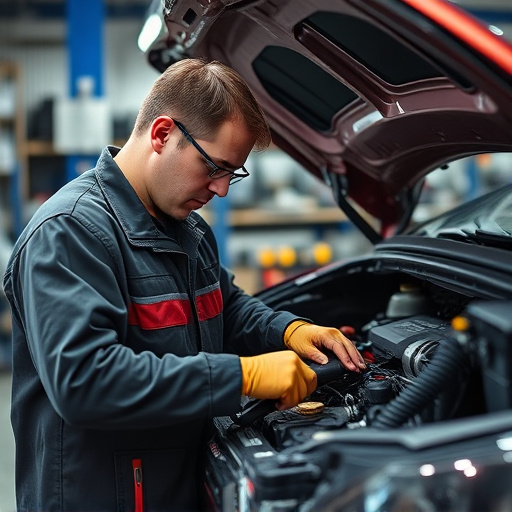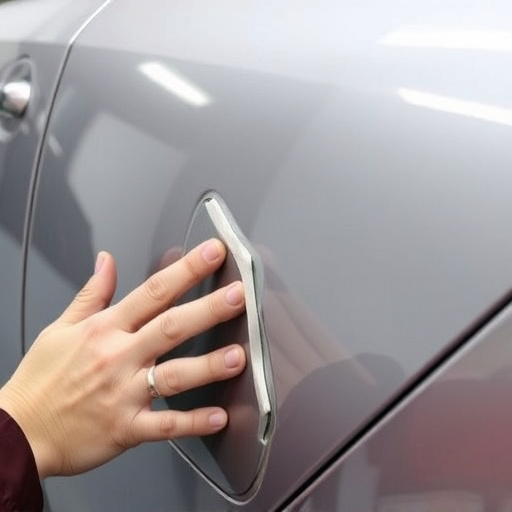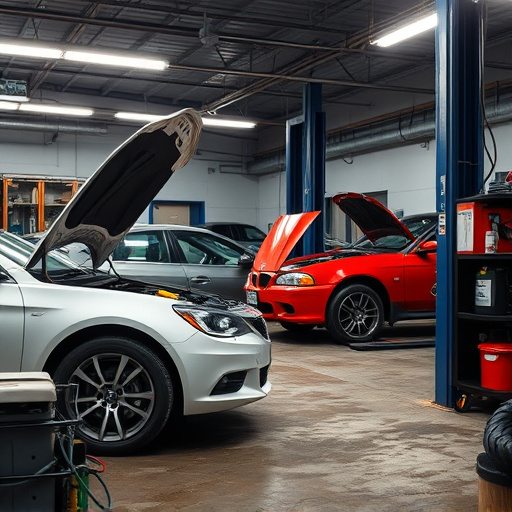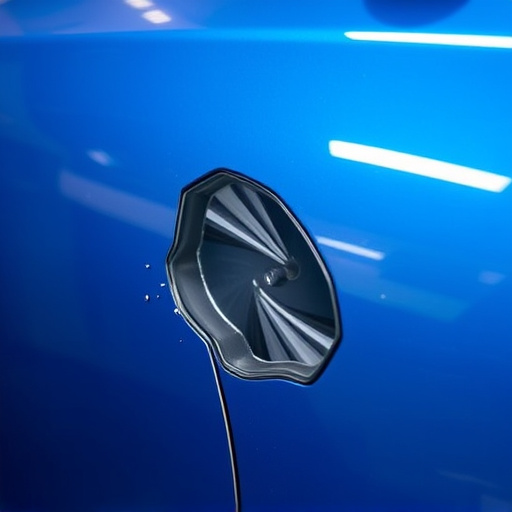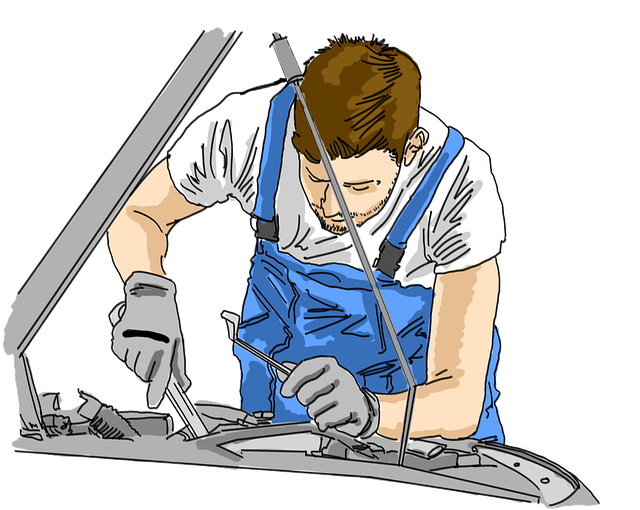Modern repair equipment, including laser welding, CAD software, high-tech cameras, and robotic systems, is revolutionizing auto body shop operations. These advanced tools offer faster, cleaner, and more precise repairs, reducing material waste and labor costs. Automated systems for tasks like bumper damage and auto glass replacement significantly enhance efficiency, minimize errors, and provide substantial financial benefits to repair shops.
Modern repair equipment is transforming the way we approach cost reduction in maintenance. By leveraging advanced tools and technology, businesses can streamline repair processes, leading to significant savings. This article explores three key aspects: modern tools’ impact on efficiency, efficient equipment’s strategic role in cost management, and how advanced technology contributes to budget optimization. Discover how these innovations are revolutionizing the industry and setting new standards for economical repairs.
- Modern Tools: Streamlining Repair Processes
- Efficient Equipment: Cost Savings Strategies
- Advanced Technology: Its Impact on Budgets
Modern Tools: Streamlining Repair Processes
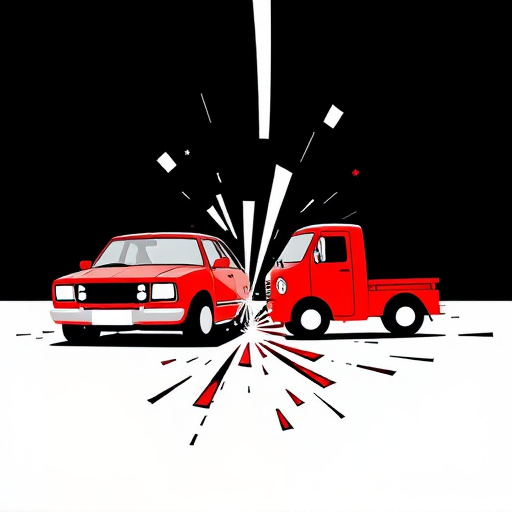
Modern tools and equipment have revolutionized the way auto body shops conduct repairs. Advanced technologies like laser welding and computer-aided design (CAD) software enable precise, efficient work that reduces material waste. For instance, laser welders offer faster, cleaner, and stronger joins compared to traditional methods, leading to cost savings in metal repair.
These innovations streamline processes, from accurate damage assessment using high-resolution cameras and sensors to the use of robotic systems for repetitive tasks like panel beating. In an auto body shop, this translates to reduced labor costs, faster turnaround times, and improved overall efficiency. This is particularly beneficial for common repairs such as bumper repair and auto glass replacement, where modern equipment can significantly minimize repair costs.
Efficient Equipment: Cost Savings Strategies

Modern repair equipment plays a pivotal role in maximizing efficiency and minimizing costs for auto repair shops. Advanced tools designed for tasks like hail damage repair or auto glass replacement are precision-engineered to reduce waste and streamline processes. These innovations mean less time spent on laborious repairs, translating into significant savings for both businesses and their customers.
For instance, automated systems for auto glass repair can quickly replace cracked or shattered windows, reducing the need for manual labor and expensive materials. Similarly, modern equipment for paintless dent repair minimizes the use of sandpaper and paint, saving money on supplies while achieving high-quality results that satisfy customers looking for top-notch auto repair near me. This strategic adoption of cutting-edge technology is a key strategy in cost savings for any forward-thinking auto repair shop.
Advanced Technology: Its Impact on Budgets

Advanced technology plays a pivotal role in modern repair equipment, significantly impacting auto repair shops’ budgets and operational efficiency. Tools like computer-aided design (CAD) software and robotic systems streamline processes for various tasks, from precise vehicle dent repair to complex auto glass replacement. These innovations not only enhance the accuracy of repairs but also reduce labor costs by minimizing manual effort and potential errors.
For instance, robotic arms equipped with laser sensors can execute intricate dent removal tasks, replacing time-consuming manual methods. Similarly, automated glass cutting machines ensure consistent, clean cuts for auto glass replacement, eliminating the need for extensive handiwork. Such technological advancements in modern repair equipment translate into substantial savings for auto repair shops, making them more competitive while offering higher-quality services to customers.
Modern repair equipment plays a pivotal role in reducing repair costs and enhancing efficiency. By leveraging advanced tools and technologies, repair processes are streamlined, minimizing downtime and labor costs. Efficient equipment optimizes resource utilization, while innovative technology offers cost-saving strategies that benefit both businesses and consumers. Investing in modern repair equipment is not just a trend; it’s a smart move towards a more economical and effective maintenance future.
